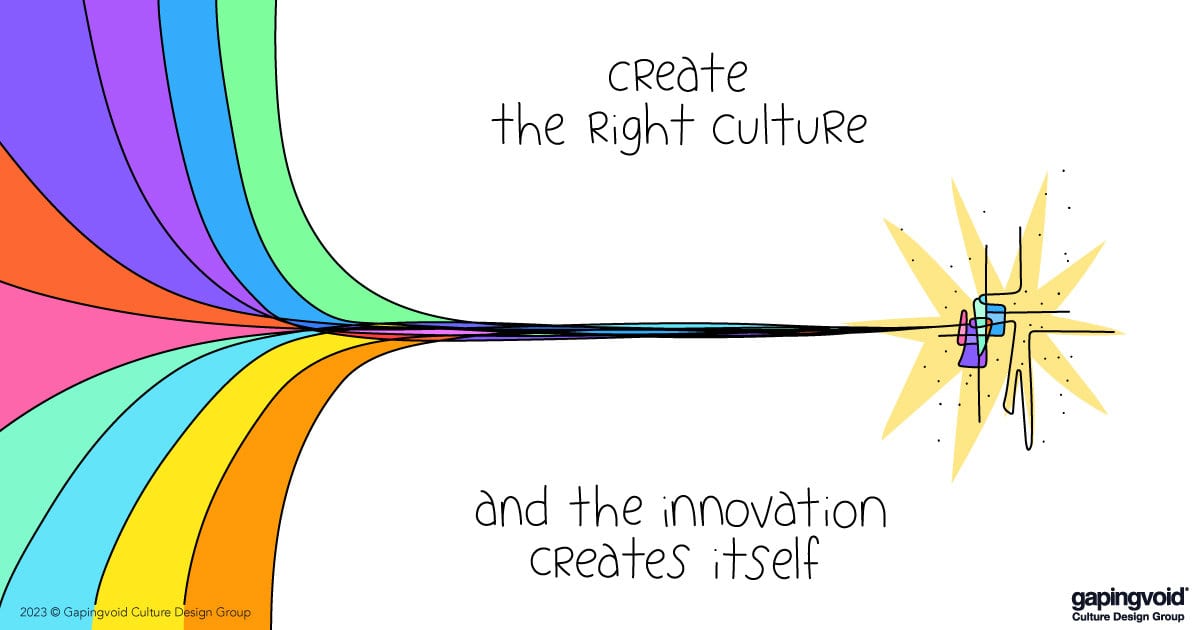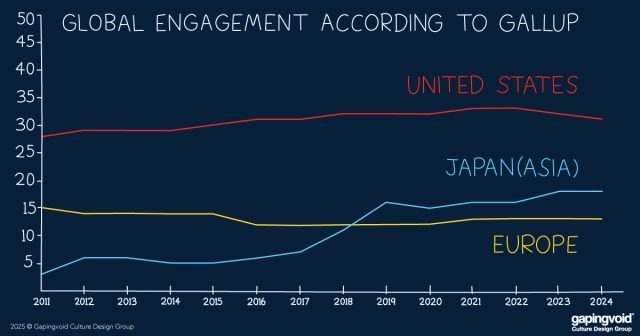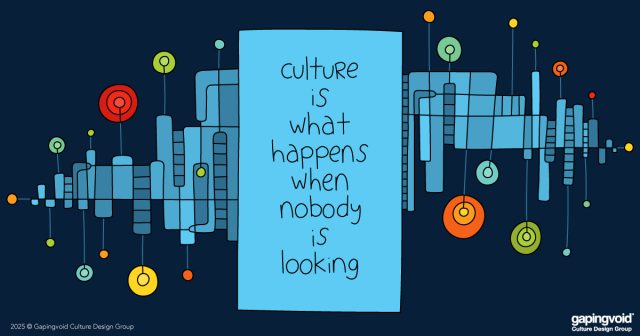
We all know that the larger a company gets, the harder it is for them to innovate at the pace of the early days. Even the most “pirate” organizations get tangled up in red tape and bureaucracy eventually.
Why this happens is simple enough. The raison-d’etre of bureaucracies is not to create value, but to create more bureaucracy. Corporatism is its own animal which has everything to do with its own corporate-ness and nothing to do with the company’s actual product.
It’s a story as old as time. But companies do fight back on occasion and win.
For example, to avoid this sad fate, in 1943 the American aircraft manufacturer, Lockheed-Martin, opened up their now-famous “Skunk Works” (named after the “Skonk Oil” factory in the famous comic strip Li’l Abner. As a satellite operation, separate from the main organization, its job was to drive innovation at an accelerated pace with an independent spirit. This idea proved so successful that Skunk Works is still in operation today, with many game-changing feathers in its cap (including the P-38, the SR-71 and the F-22).
With a similar idea in mind, a decade ago IKEA created SPACE10, a research and design lab that was designed to look like a public-facing storefront. Its job was to imagine future realities for IKEA and manifest them, driving innovation throughout the company.
Space10 was around for ten years ironically, recently announcing it was closing shop.
The official explanation was basically, “mission accomplished” or as the founders put it – “quitting while we’re ahead.” In other words, they completed everything they set out to do which was to create a permanent culture of innovation throughout the entire company, not just on the fringes.
It could be as simple as that or it could be something more politically complex, we have no idea. What we do know is that truly innovative cultures can be pretty unstable and short lived. There are a large number of stars that must be aligned in order to make it happen (right people, ideas, backers, market conditions, timing, etc). Most companies struggle, and it’s not hard to see why.
The other thing is, people get tired. Maybe the people who ran it for a decade burned out. This happens all the time in the creative industries. The Beatles broke up in 1970, not just because of creative and lifestyle differences, but because they had been going full pelt for nearly a decade, ever since those pre-fame, twelve-hour days playing gigs in Hamburg.
John, Paul, George and Ringe had had enough.
This is one of the reasons the fact that Lockheed-Martin’s Skunk Works is still going strong is nothing short of miraculous. That kind of creative culture usually flames out quickly. Somehow they’ve created a culture that (so far) has kept the fire burning.
This is what real Culture Design® means. Not throwing money at a problem in the hope that it goes away, but building a collective mindset that’s primed to solve hard problems. Building an “innovation lab,” not an “innovation factory” (the latter rarely works nearly as well as it should).



